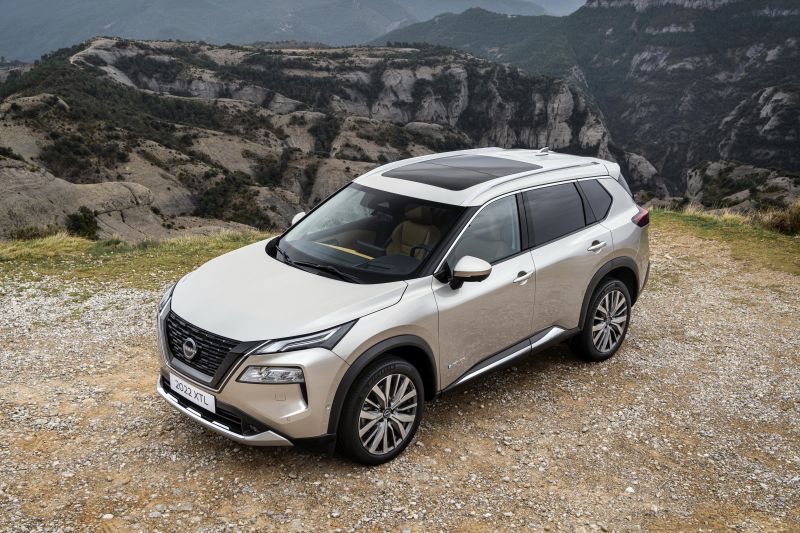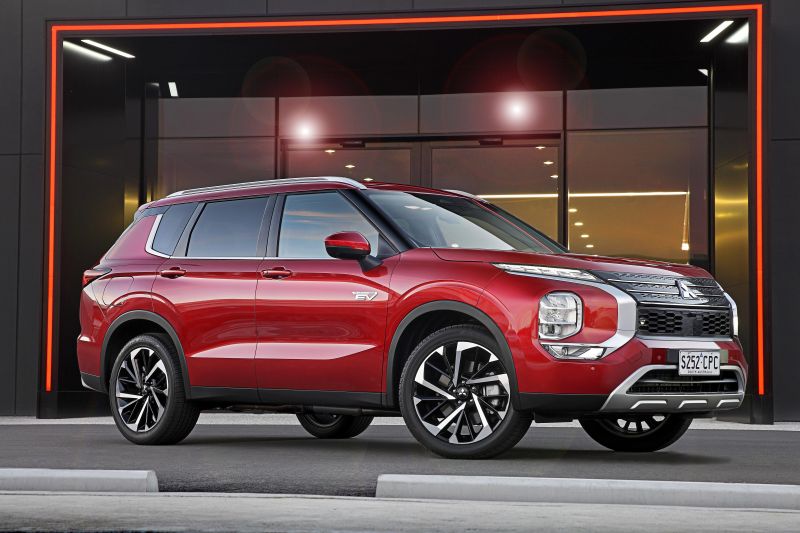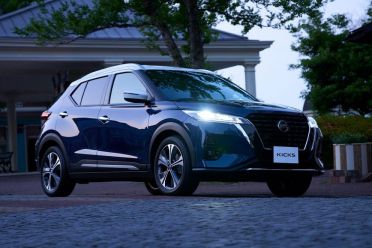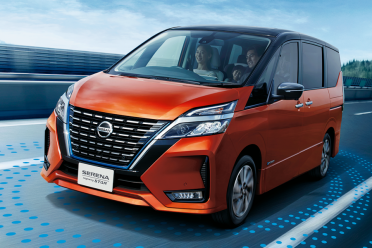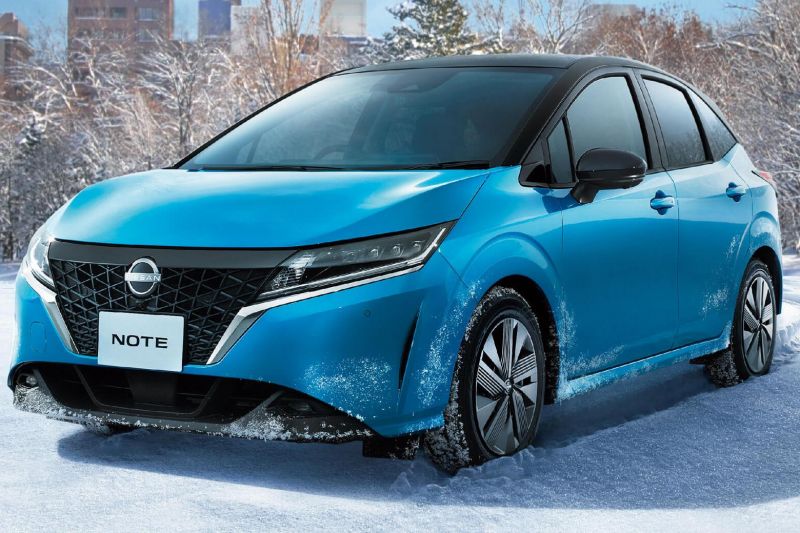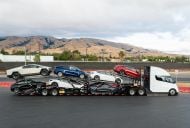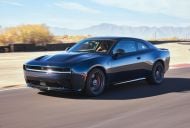Nissan says its electrified e-Power hybrid system can be used across different architectures, and didn’t rule out its use in larger vehicles.
While the company wouldn’t comment on future product plans, such as whether we could see an e-Power Navara or Patrol, it said the various components and elements of the e-Power system can be used beyond the CMF-C architecture of the Qashqai and X-Trail.
“[e-Power] has been developed for CMF-C platform, so all the components on the vehicle from the variable compression ratio engine, the battery size, electric motor size, et cetera, has been developed for this application,” said e-Power engineer Adam Robertson.
“But… effectively the architecture is scalable, so if we’re going to put it into a smaller platform, then it’s scalable, you can put it into a smaller platform, but each of the components are designed for that application.
The CMF-C architecture underpins, among other vehicles, the new Nissan Qashqai and X-Trail due here this year. Both will be available with the e-Power system in Australia, with the former due later this year and the latter following early in 2023.
The e-Power system comprises a high-output battery, a variable-compression ratio petrol engine, a power generator, inverter and a front electric motor.
The combustion engine acts as a generator, powering the electric motor and therefore not sending power directly to the wheels – unlike a Toyota hybrid.
e-Power with e-4ORCE models feature a second electric motor, situated at the rear, thereby giving the vehicle all-wheel drive.
Nissan says it has chosen e-Power over plug-in hybrid powertrains for the AMIEO region – Africa, Middle East, India, Europe and Oceania.
It noted, however, there’s widespread sharing of components across the Renault-Nissan-Mitsubishi Alliance, which appears to leave the door open to, for example, Nissan borrowing Mitsubishi’s plug-in hybrid powertrain.
The latest Nissan X-Trail and Mitsubishi Outlander share their CMF-C architecture.
Nissan says it will permit the use of the e-Power powertrain by its Alliance partners Mitsubishi and Renault, though it couldn’t confirm whether there were any plans for these companies to do so.
“They definitely could do so. If that could be possible or not, that’s I think the question which today we could not comment,” said Nissan product planning and strategy manager Ilya Deminov.
Nissan is in the process of rolling out its first e-Power Qashqai and X-Trail models in markets like Europe and Australia, while it has also introduced the e-Power system to the smaller Kicks crossover and the Serena people mover – neither of which are underpinned by the CMF-C architecture.
e-Power’s expansion beyond Japan comes as the company says its development of diesel engines for Europe is effectively at an end.
It plans to offer only electrified powertrains there from 2030, but says there are wildly different demands from the different markets within the AMIEO region.
“There’s the challenge of how much do we force our customers to go in a certain direction, but how much do they sort of compel us to go in a certain direction, and there’s a challenge that we face,” said Mr Robertson.
“That’s what we’re wrestling with.”
Only all-wheel drive electrified X-Trail models will be sold here.
These feature 150kW/330Nm front and 100kW/195Nm rear electric motors for a total system output of 157kW and claimed fuel economy of 6.1 litres per 100km.
Qashqai e-Power models are front-wheel drive and feature a single 140kW/330Nm electric motor. European WLTP combined cycle fuel economy is a claimed 5.3 litres per 100km.
Both Qashqai and X-Trail e-Power models feature a variable-compression ratio turbocharged 1.5-litre three-cylinder engine that serves as a generator.



